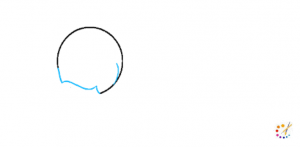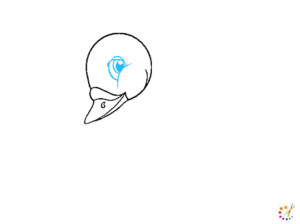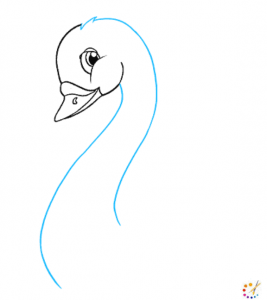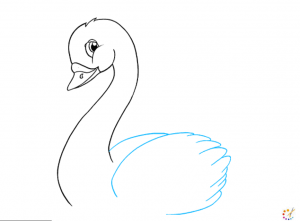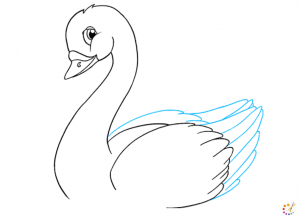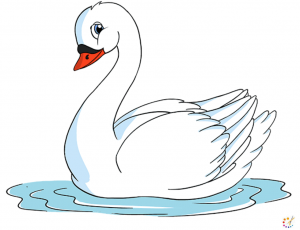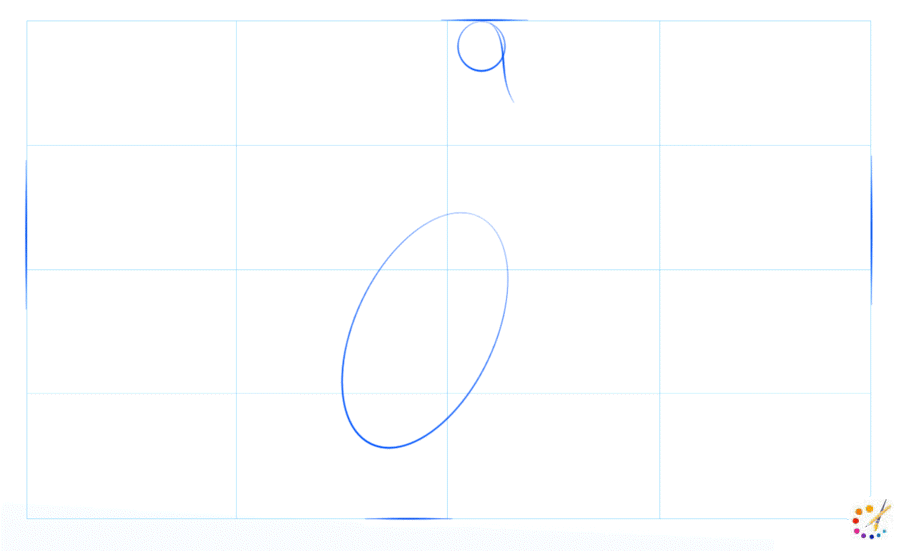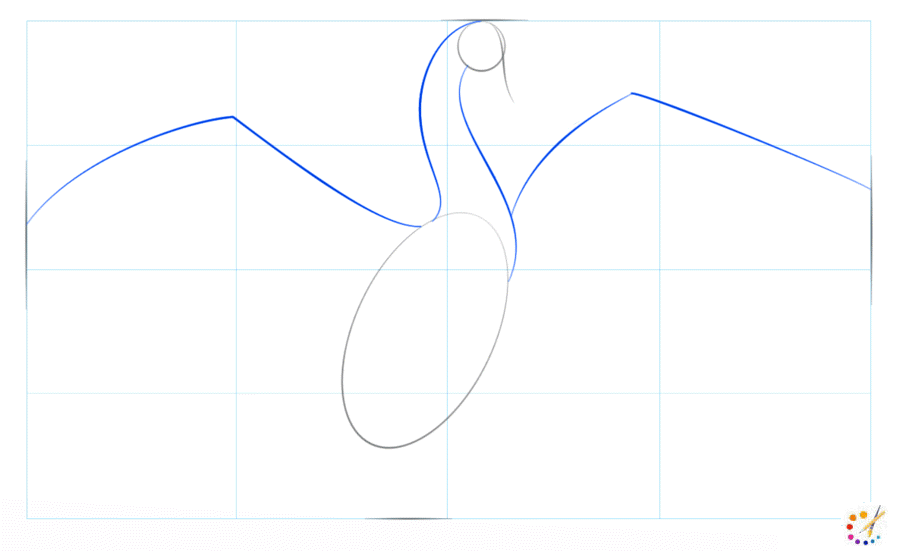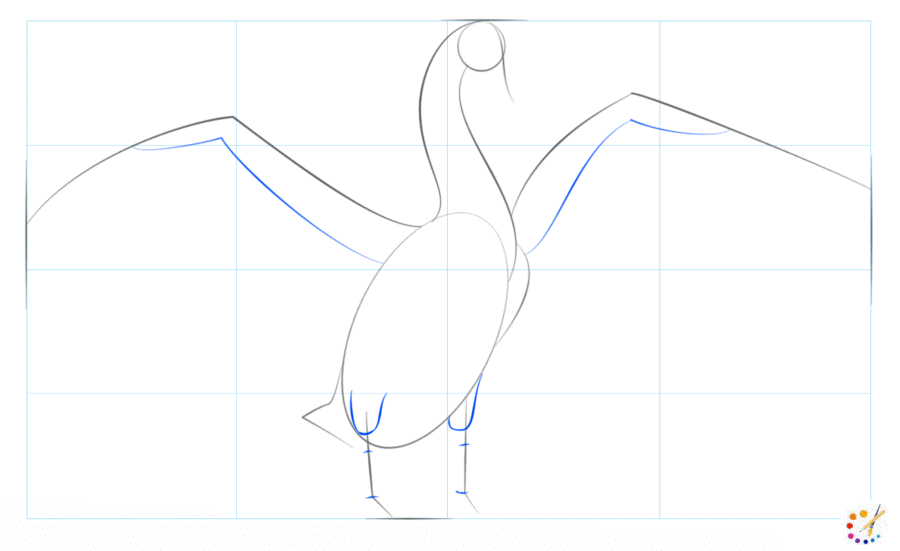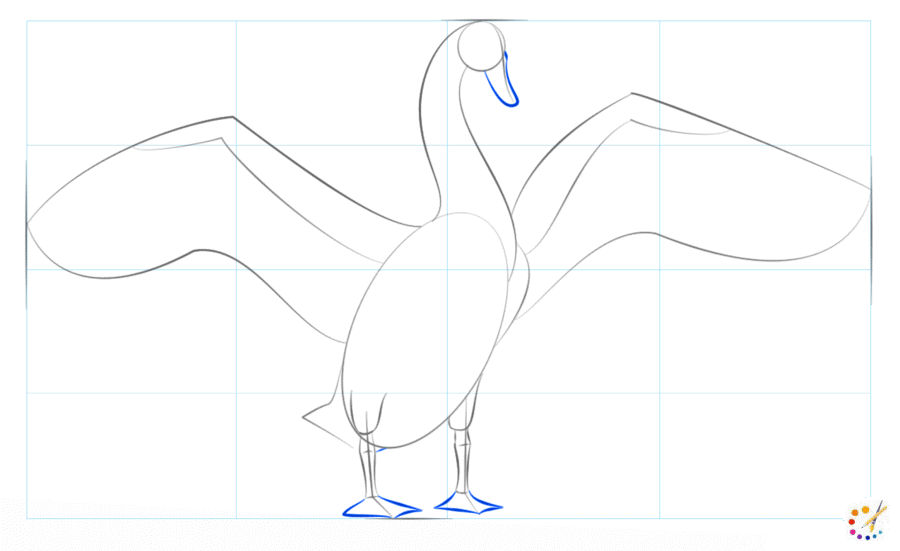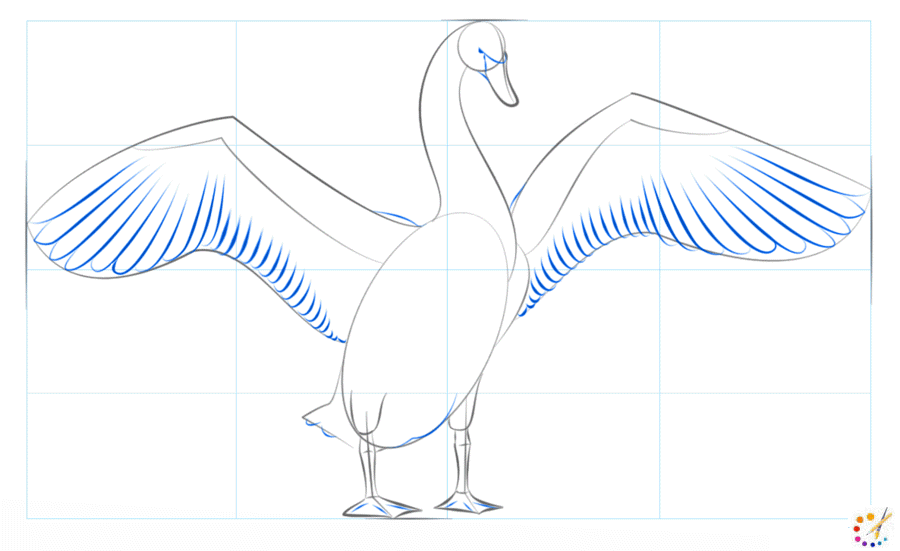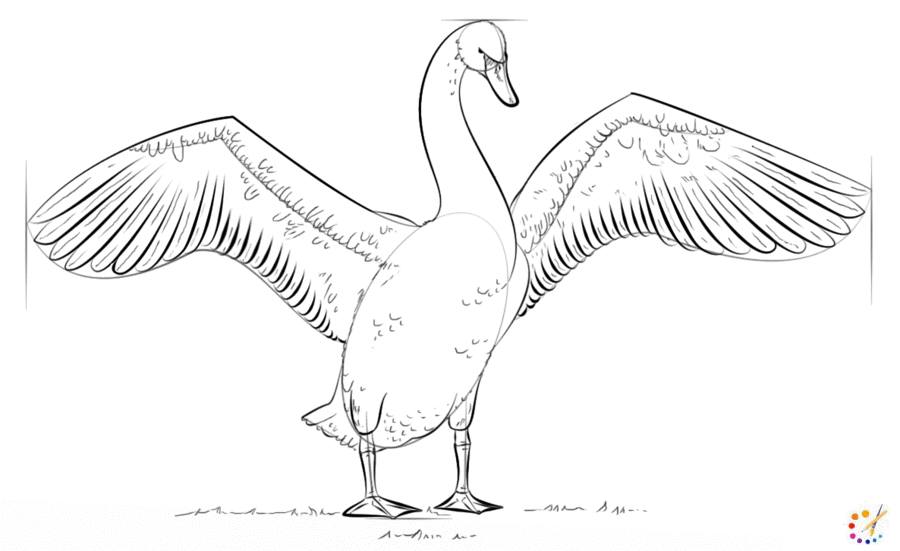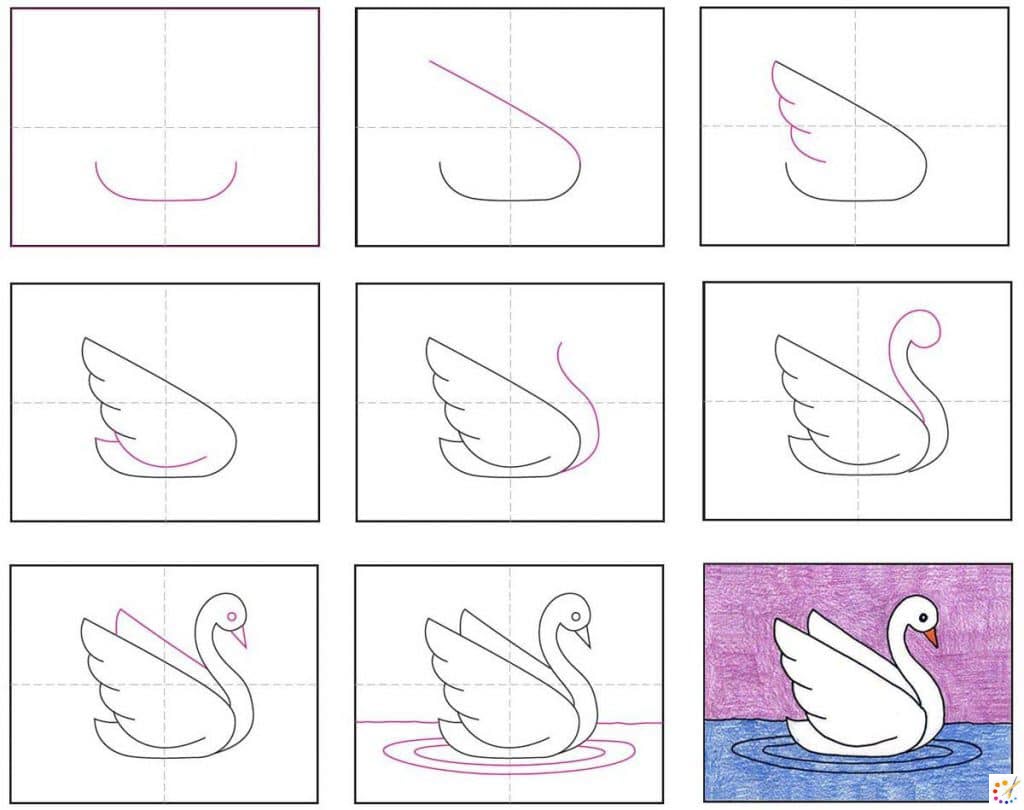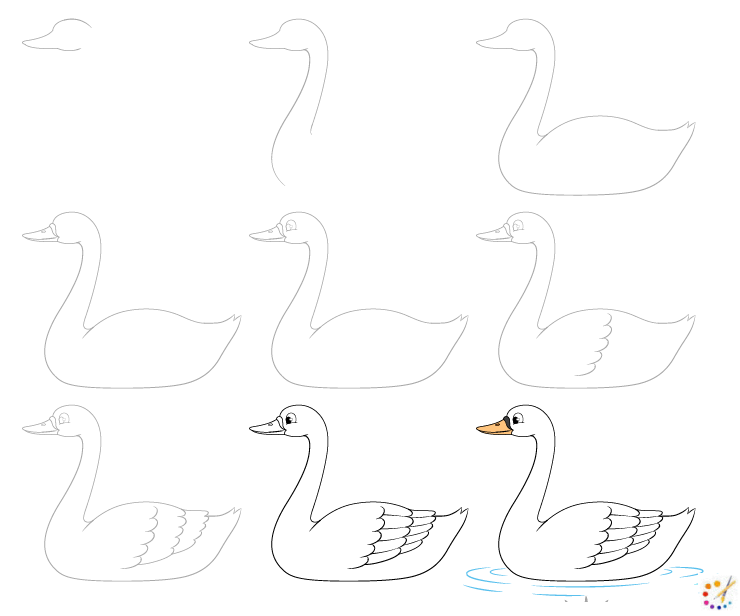How to draw a swan is a drawing tutorial about a type of large waterfowl or water bird for kids and beginners. These birds are well known for their grace and beauty. They are able to glide across the water and fly with slow wingbeats in a V-formation.
Swans have been used in artwork since ancient times if you are also willing to draw follow the tutorial. To render the gracefulness of this bird you need paper, a pencil. You are free to use an eraser and improve your drawing.
They are white in color with a reddish beak and black near it. Use color to finish your complete drawing.
How to draw a Swan for kids:
Step 1: Begin by drawing a circle to form a head in prior steps.
Step 2: erase the lower left side of the circle and fill it with the jagged-ended curved lines. It will help you to draw the mouth and beak for the bird.
Step 3: Draw beak using many curved lines in 3 parts, bulged top, the upper, and lower portion. Draw a nostril on top of the beak.
Draw a curved line enclose a half circle over it, draw another partial circle on side of the first one. Shade a pupil inside it.
Step 4: Erase the top right side of the head and extend it with a long curved line to draw the neck. From the back of the head draw a backward S shape extending below along with the first line.
Step 5: Now it’s turn to draw wings using a long curved line and form the wing. Draw a curved line from below the neck in the upward direction and forming a curved back end forming swan’s back.
Step 6: Draw flight feathers again using a long curved line and shorter lines overlapping to form the feather. These curved lines will meet at a point and form the tips of the wings.
Step 7: Draw a wavy line below the body of the swan which will depict the swan’s belly where it meets the water. Also, draw the tail of the feather using overlapping curved lines.p
Step 8: Around the swan, belly draws wavy lines indicating the ripples on the surface of the water.
Step 9: Time to color your swan, which is brown or grey when they are young and most often white with a black band near the beak when adult.
How to draw a swan for kids:
Step 1: Marking the height and width outline guideline of head and body with a circle and oval.
Step 2: Draw 2 smooth curved lines in between the head and the body also draw guidelines for the wings.
Step 3: Add other details to the swan body, draw guidelines for the legs.
Step 4: Add the upper part of the legs with U curved line. Draw another curved line below the wings guideline and add wing wrists.
Step 5: Give the wing lower part shape with a wavy curved line joining it to the body. Draw lower legs using pair of lines below the thigh.
Step 6: Draw 2 triangles in the below part of leg for feet, and give a beak shape.
Step 7: Delineate the long curved lines in the upward direction drawing long flight feathers. Work on the shape near the tail, feet, beak, and eye.
Step 8: Contour your bird by adding some small curves above the flight feather and at some places of the stomach.
Step 9: Erase guidelines and vary the thickness and blackness of the drawing.
Step by step Swan drawing:
Despite paintings, statues, and architecture Swans are also part of the fairy tale “Ugly Duckling” by Hans Christian Andersen.

Skilled teacher, knowledgeable in and in adapting state content standards to individual needs in
Elementary-6th grade classrooms. Utilizes instructional materials, technology, and teaching methods to
engage students in effective learning opportunities in individual, small group, and whole-group settings to
maximize instructional time. Differentiates instruction for ELLs while exposing them to rigorous content,
with a focus on literacy skills in all subject areas. Establishes and maintains appropriate standards of
behavior in an inclusive and respectful environment for students from all socio-economic and cultural
backgrounds. Develops lesson plans using Backwards Planning Method to align content standards and
assessments with effective learning activities. Communicates and collaborates effectively with staff and
parents, and creates a safe and positive learning environment for students. Has taught in both in-person
and virtual environments. Professional Communicator with 20+ years of experience.


